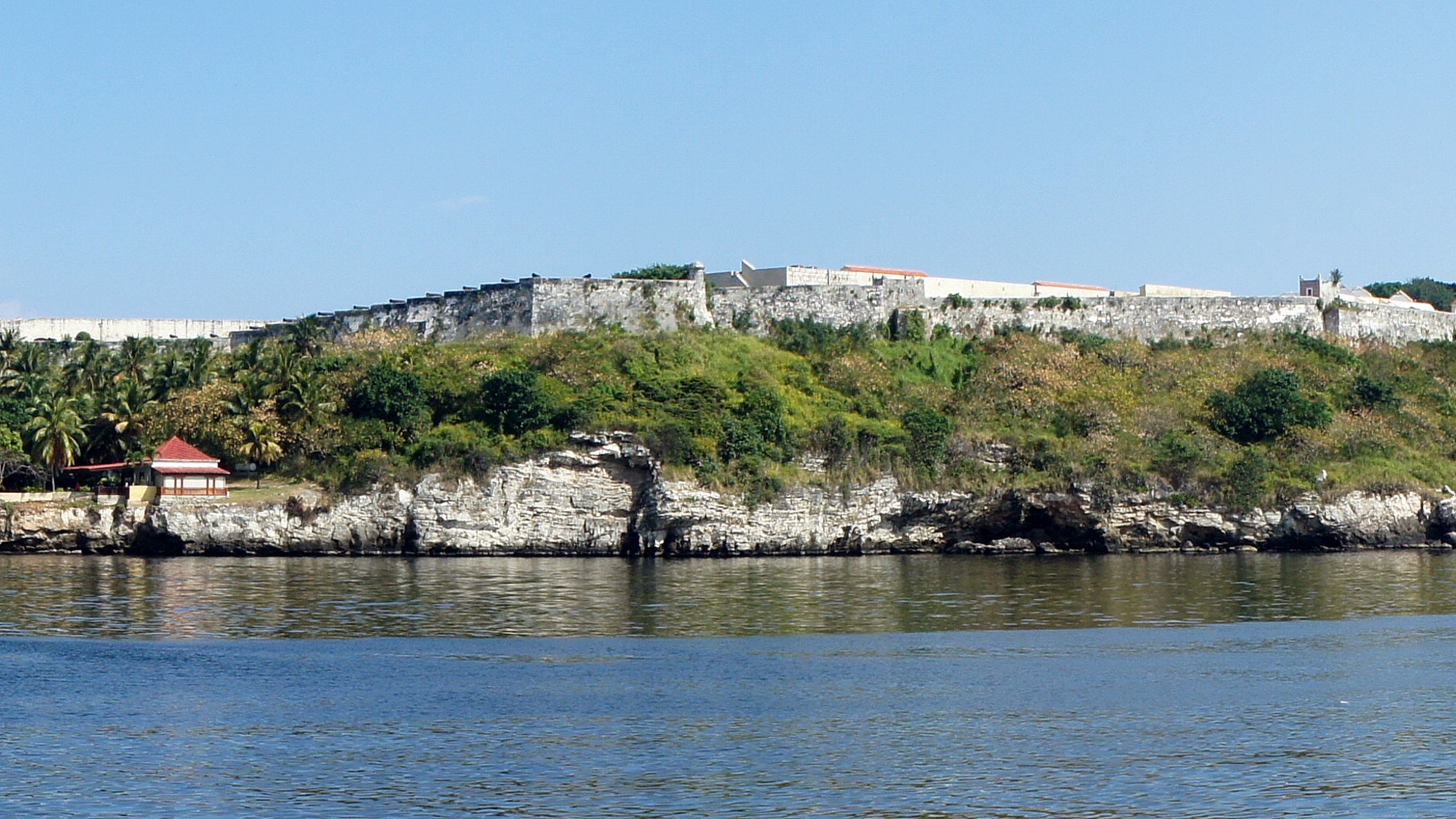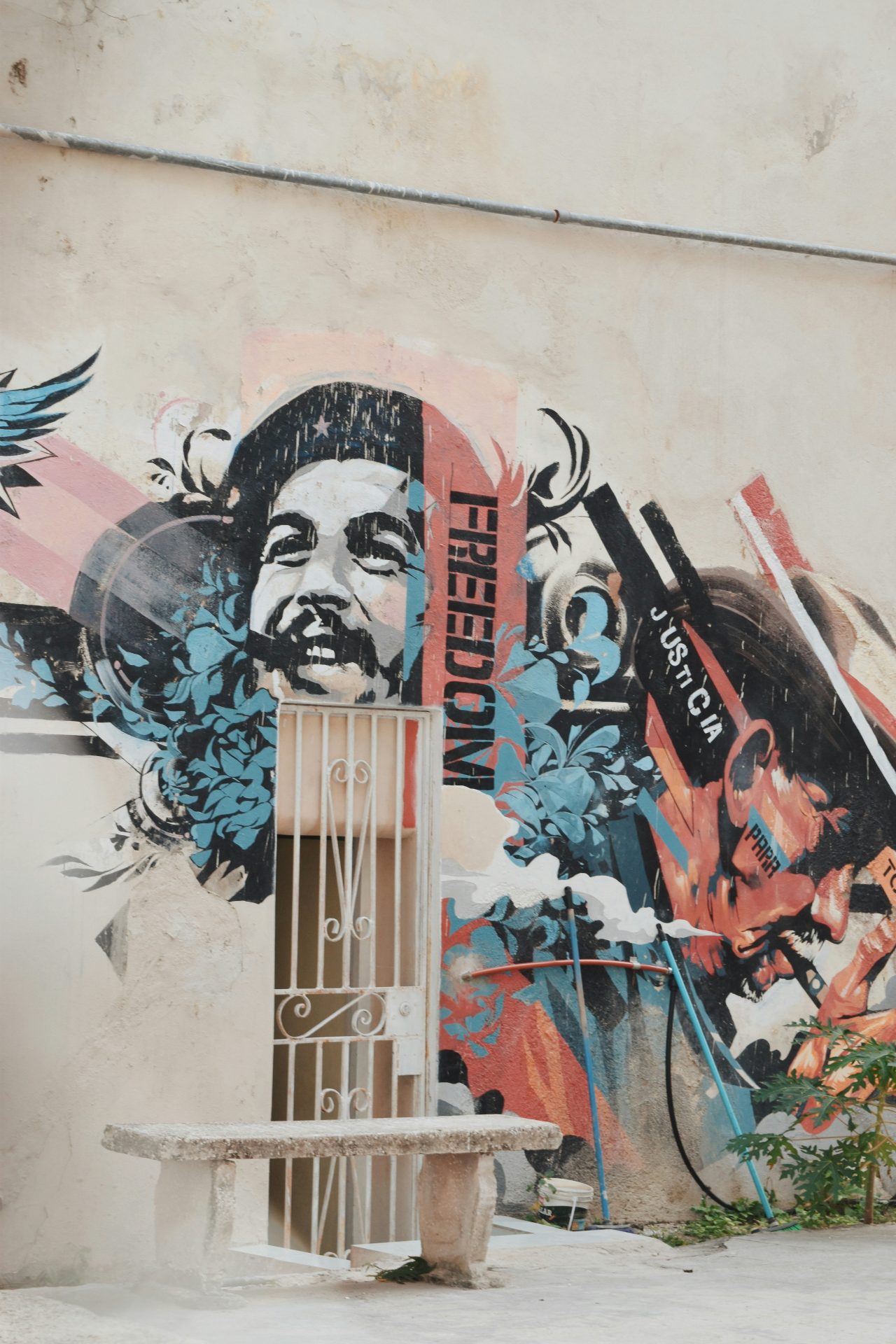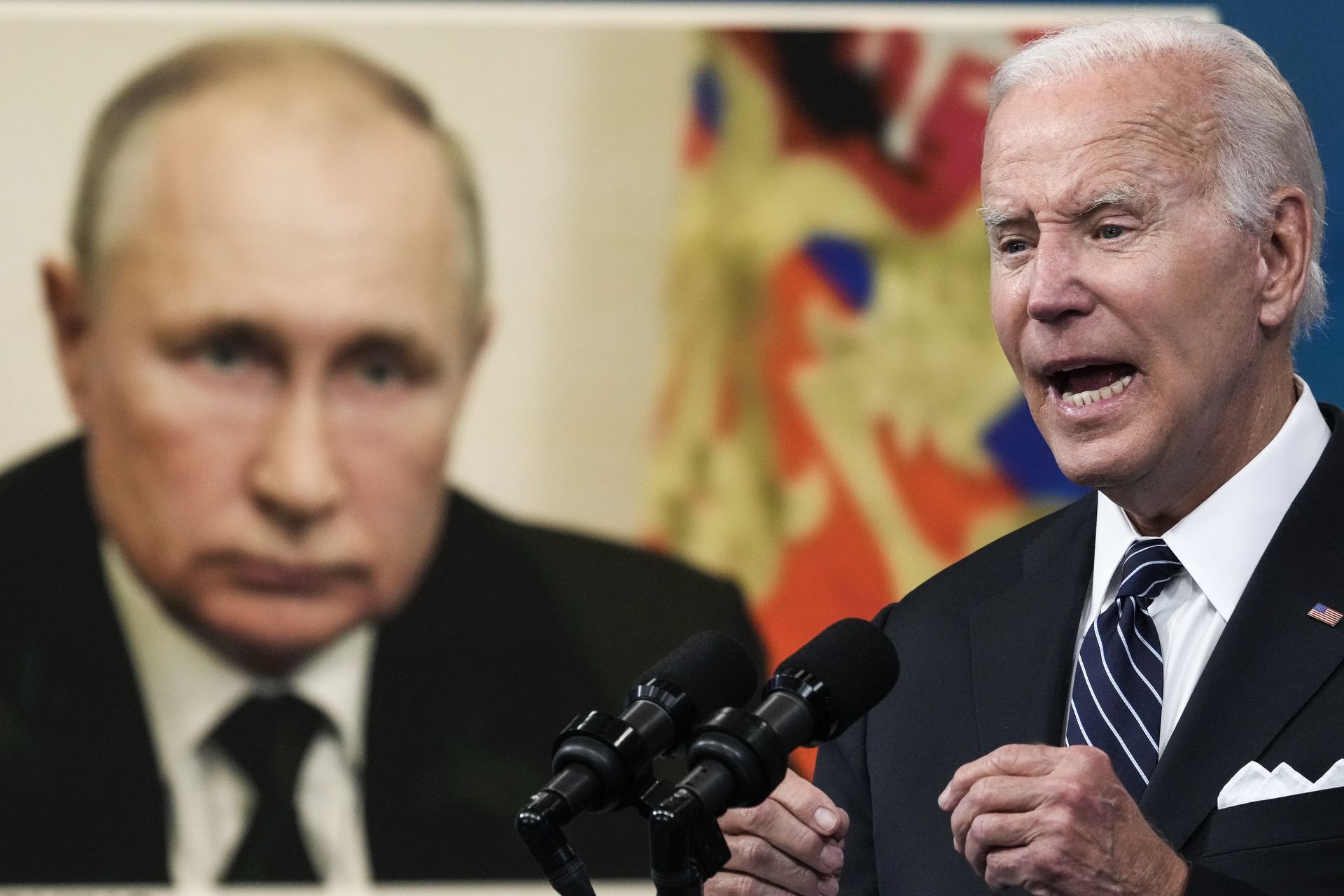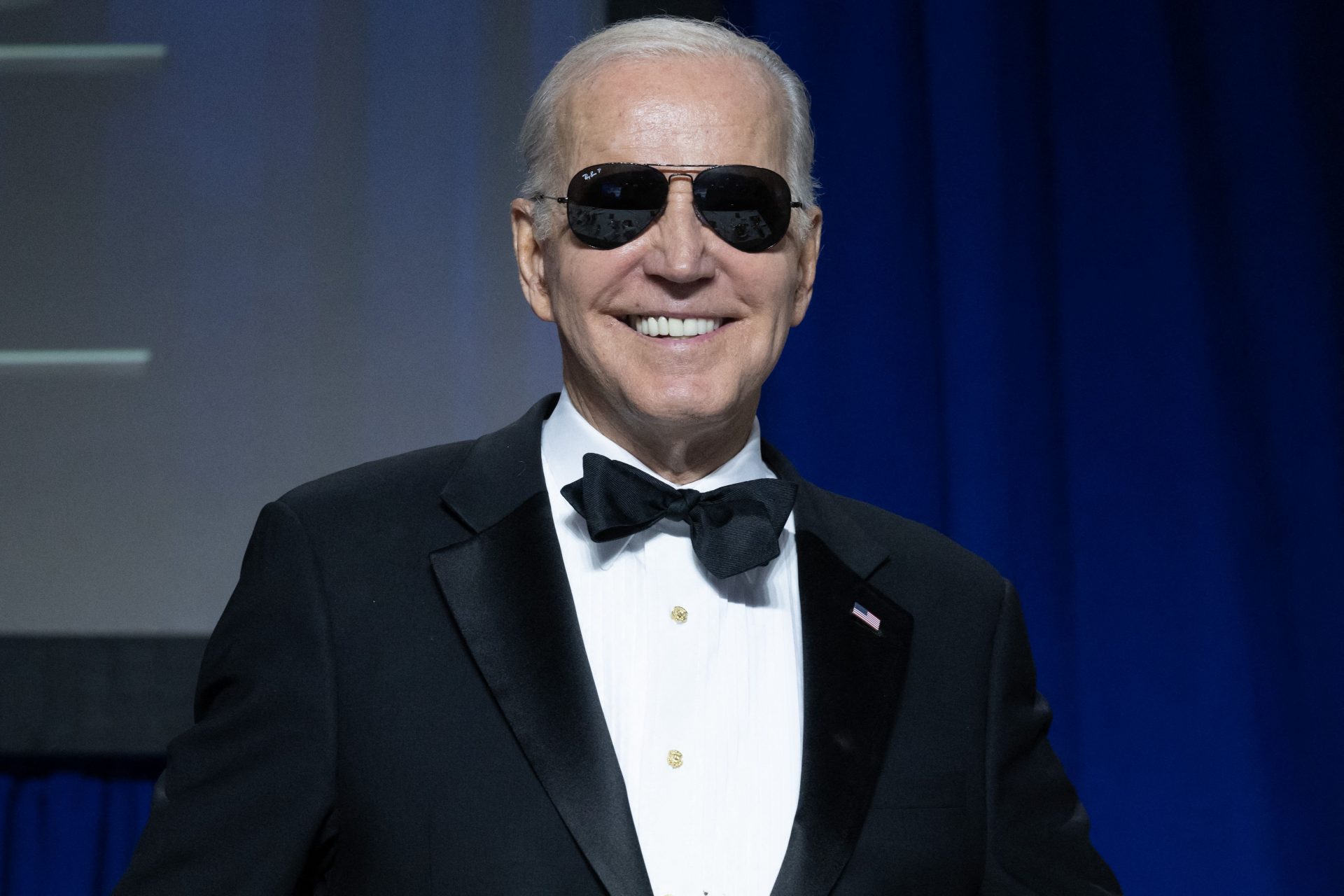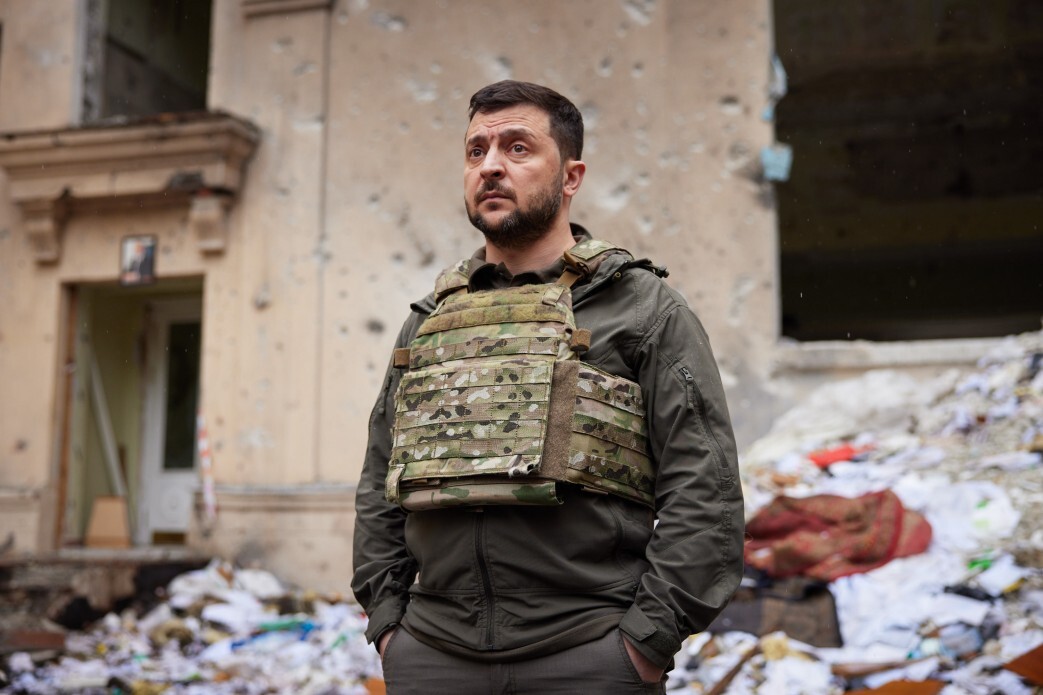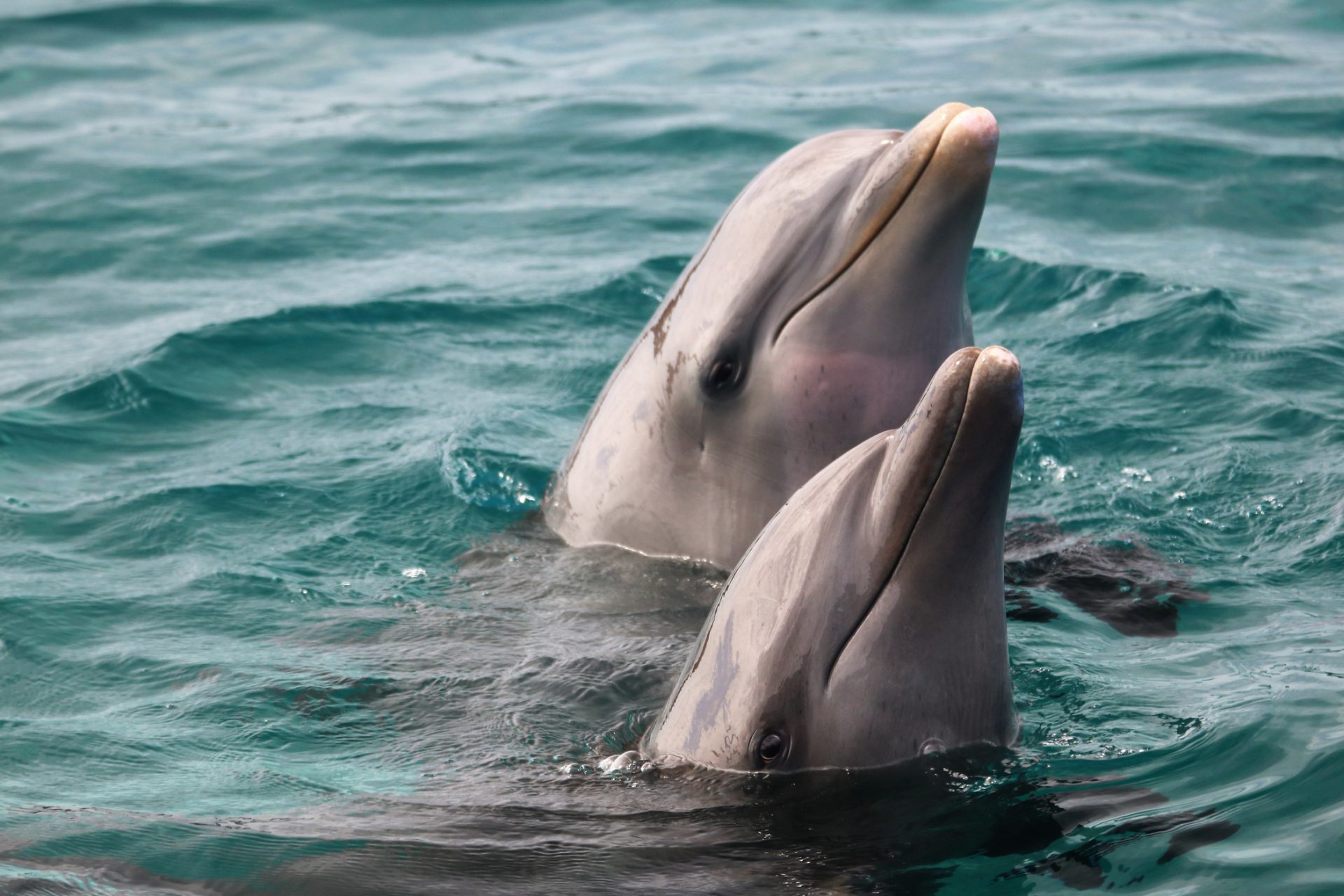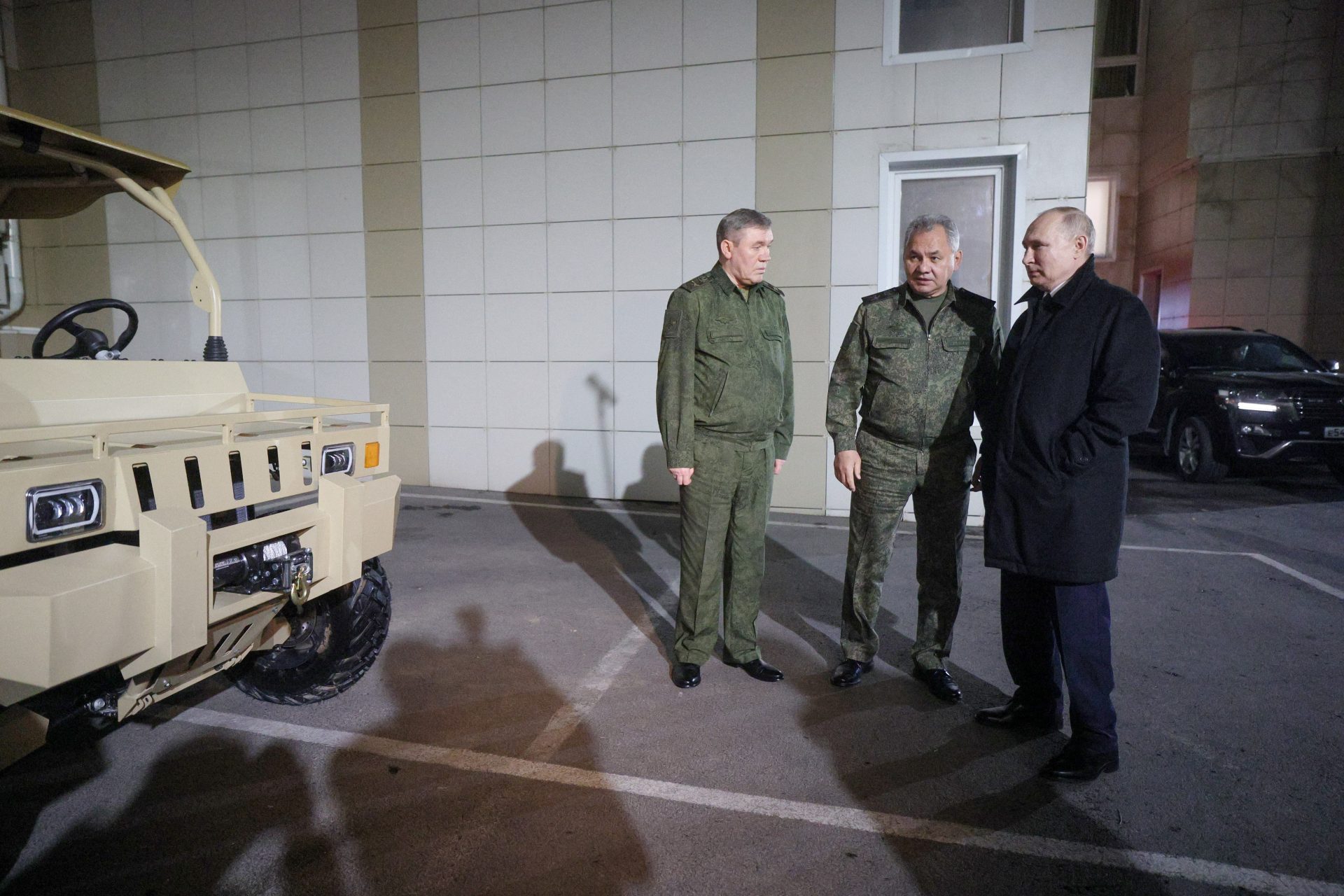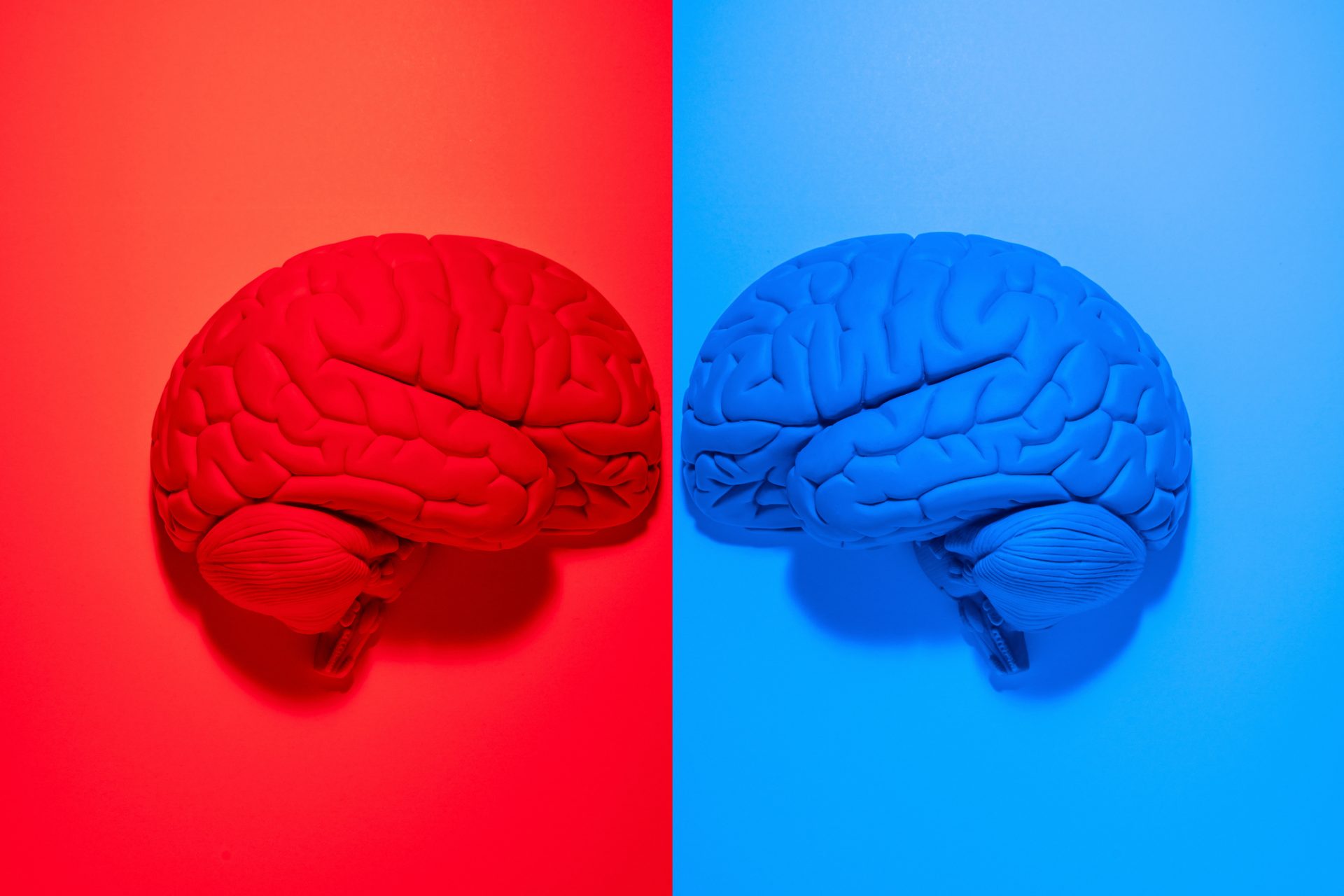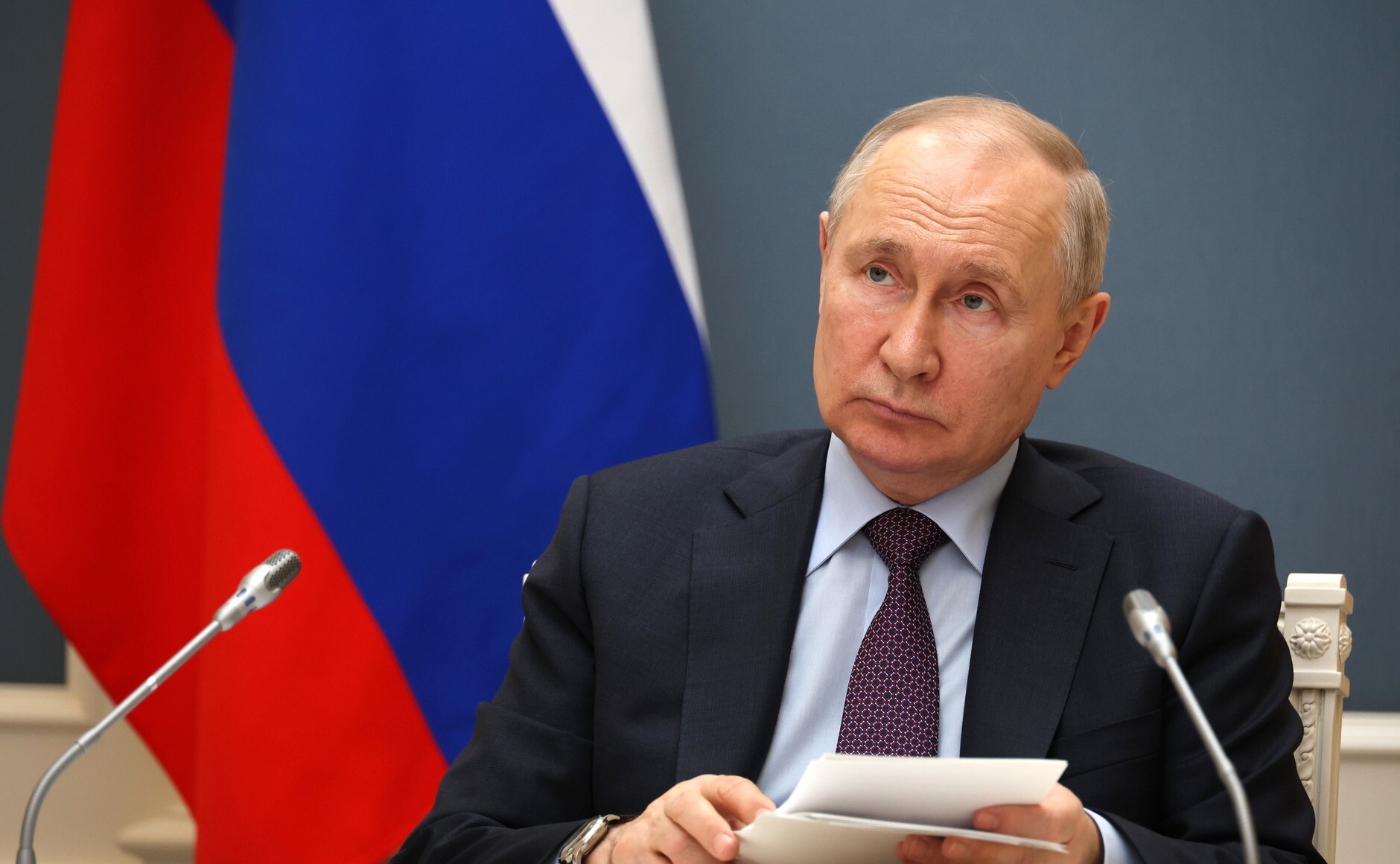Ernesto 'Che' Guevara, hero or villain?
Ernesto Che Guevara is sometimes seen as an incorruptible revolutionary, a martyr for a cause. However, there is also a negative view of the guerrilla army commander. Was he a hero, a villain, or both?
Guevara's persistence as an idol is enduring. In the 21st century, his face, often printed on merchandising, continues to be the icon of social justice fighters.
Image:Peter Kraayvanger / Pixabay
Alberto Korda took the iconic photograph a year after Guevara participated in the 1959 Cuban revolution against the dictatorship of Fulgencio Batista, which brought Fidel Castro to power.
Ernesto Guevara was born in the Argentinian town of Rosario on June 14, 1928. He had four siblings, and his parents were wealthy and upper-middle-class. He became a doctor in the mid-50s.
Image: Engin Akyurt / Pixabay
According to the recount of his friend and travel companion, Alberto Granado, Guevara decided to change paths after seeing the poverty in South America during a motorcycle road trip. He met Fidel Castro after that.
The darkest chapter in Ernesto Guevara's biography is probably the executions in La Cabaña, a Spanish-era fortress turned into a military prison run by the commander.
Image: From Mariordo - Own work, CC BY-SA 3.0, https://commons.wikimedia.org/w/index.php?curid=31433539
Once the revolution won control of the Island, an undetermined number, several sources claim hundreds, of Batista's supporters were executed in the prison under Guevara's orders.
After that, Guevara took on high-profile positions inside Fidel Castro's new government, but he was uncomfortable outside the battlefield. Soon after, he set out from Cuba to fight other revolutions.
Ernesto Guevara was executed in Bolivia in 1967 after being captured during one of those guerrilla actions. He was 39.
Image: A.Perry / Unsplash
In 2017, on the 50th anniversary of Guevara's death, Jorge G. Castañeda asked himself which Guevara to remember in The New York Times: "The autocrat who executed hundreds of Batista collaborators outside Havana in 1959?"
"The disheveled fighter captured under humiliating circumstances in Bolivia?" Castañeda continued," or "the warrior whose irreverence is a symbol all over the world?"
Image: Emily Crawford/Unsplash
Carlos Alberto Montaner, a Cuban writer and dissident exiled in Spain, claimed that Guevara showed his true colors through terrible phrases like 'A revolutionary must be a perfect killing machine' during a 2011 interview with the George W. Bush Presidential Center.
Still, many authors question whether Guevara's actions in La Cabaña can be judged outside the violent context of war, and some of his other phrases, like 'the true revolutionary is guided by feelings of love,' put him in a different light.
Image: Mehmet Turgut Kirkgoz / Pexels
Álvaro Vargas Llosa, son of Nobel Prize winner Mario Vargas Llosa, depicted Ernesto Che Guevara as a fanatic violent, "in love with his own death," in a 2005 biography of the revolutionary fighter.
That depiction can be proven by his quick renouncement of any leadership position in Fidel Castro's government to chase other revolutionary wars, including the one in Bolivia that led to his death.
However, the critical voices have not yet managed to remove Guevara from his status as a revolutionary icon. His face continues to inspire such movements worldwide.
Image: Mehmet Turgut Kirkgoz / Pexels
More for you
Top Stories








